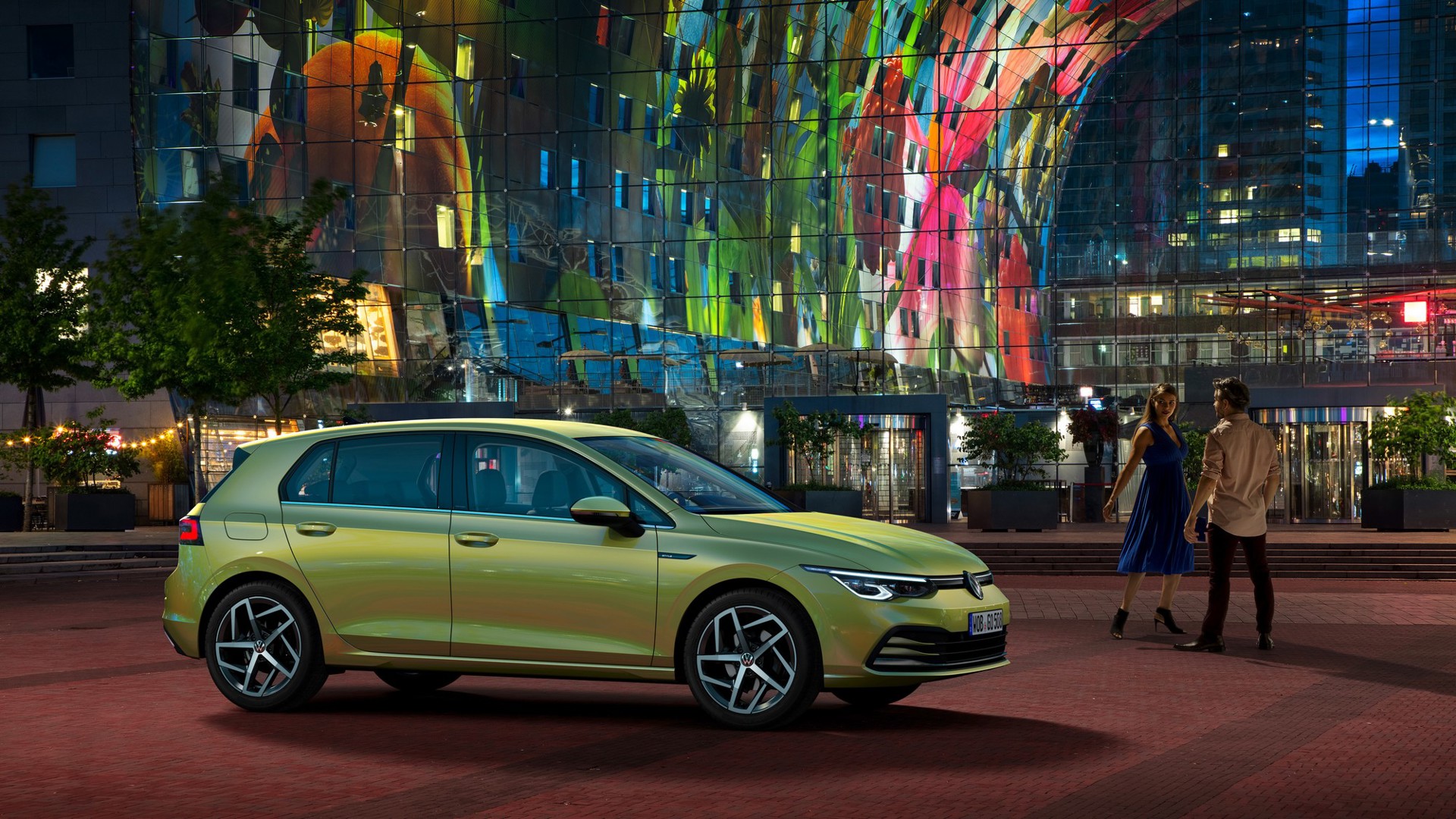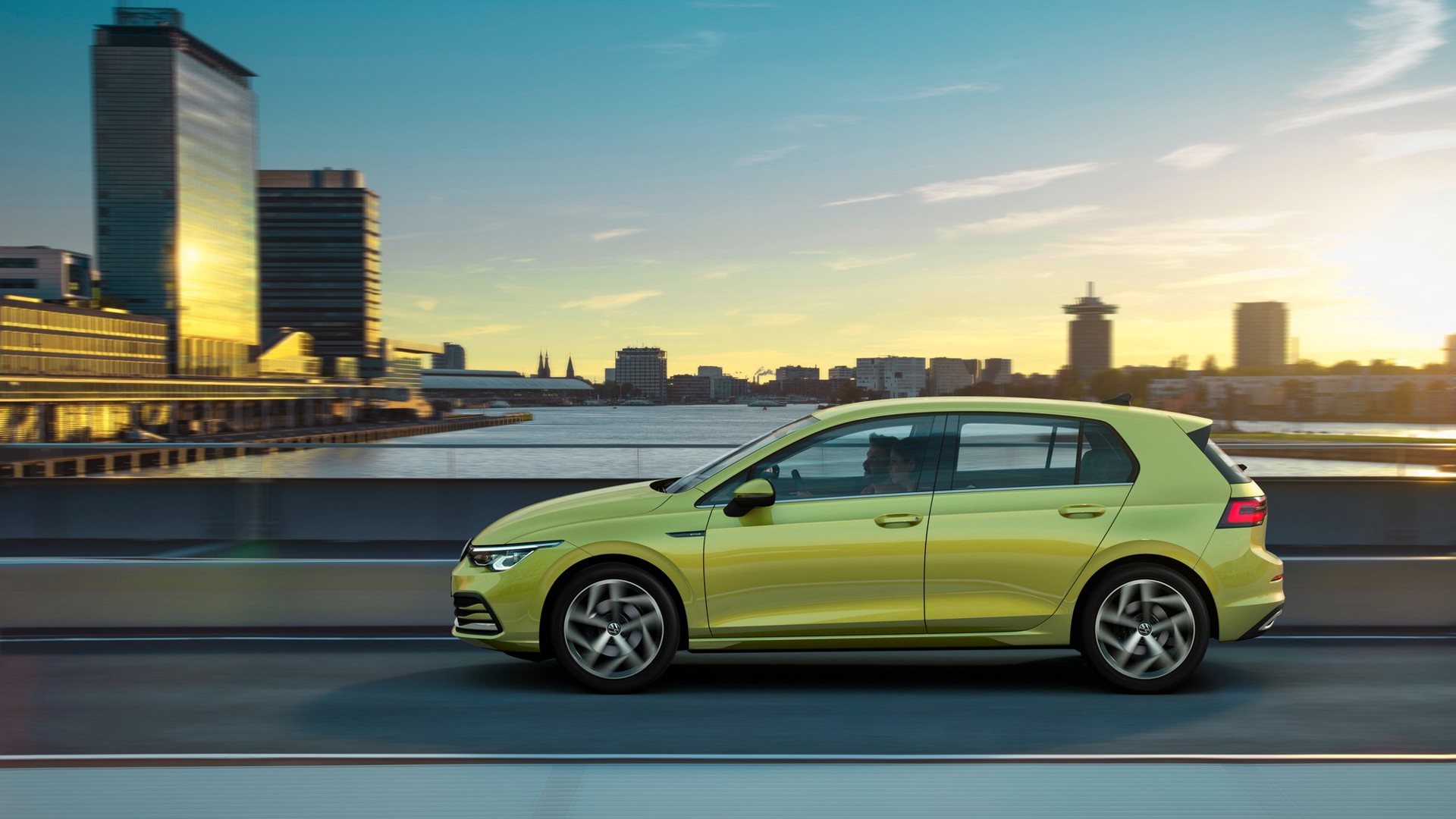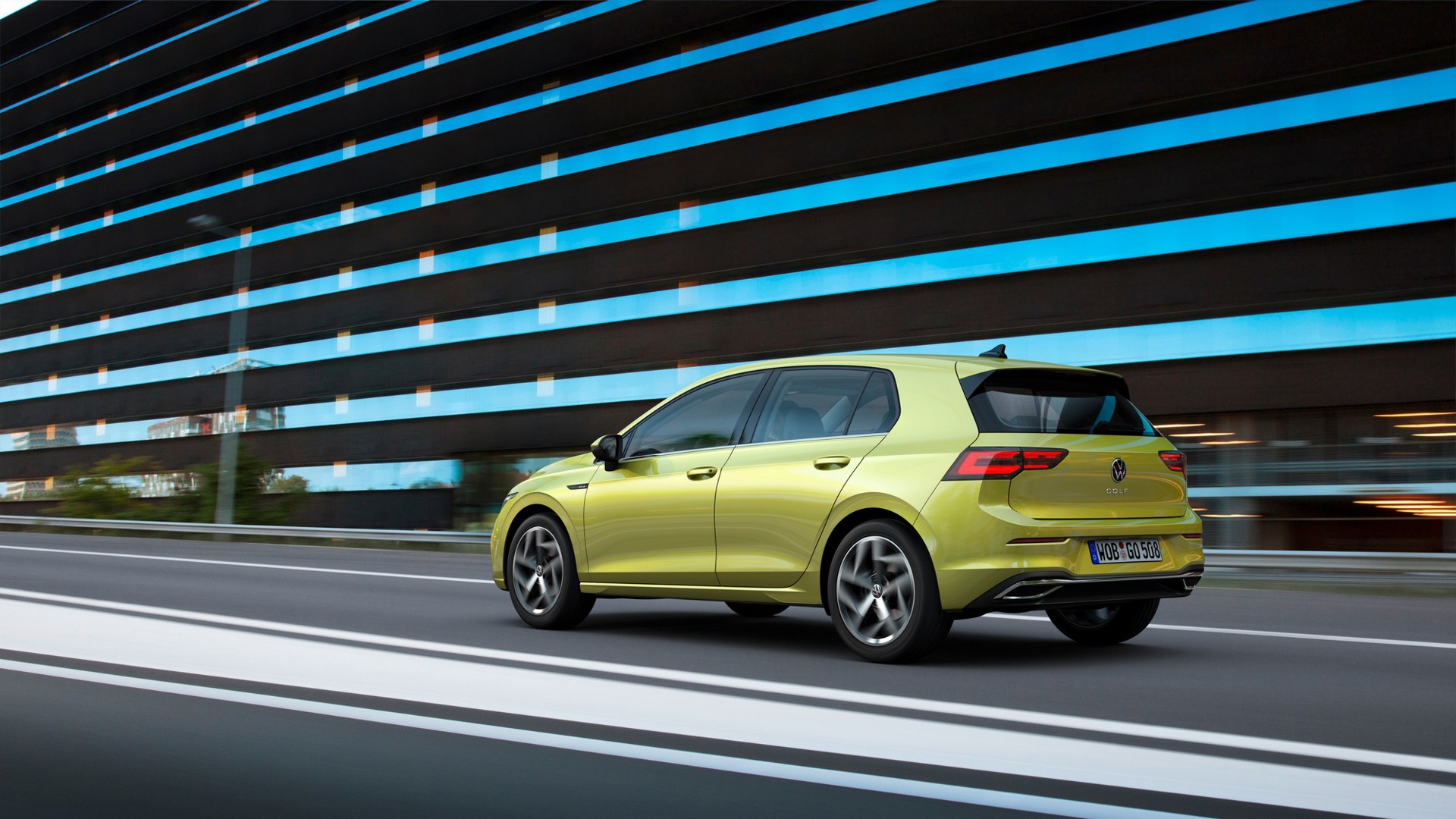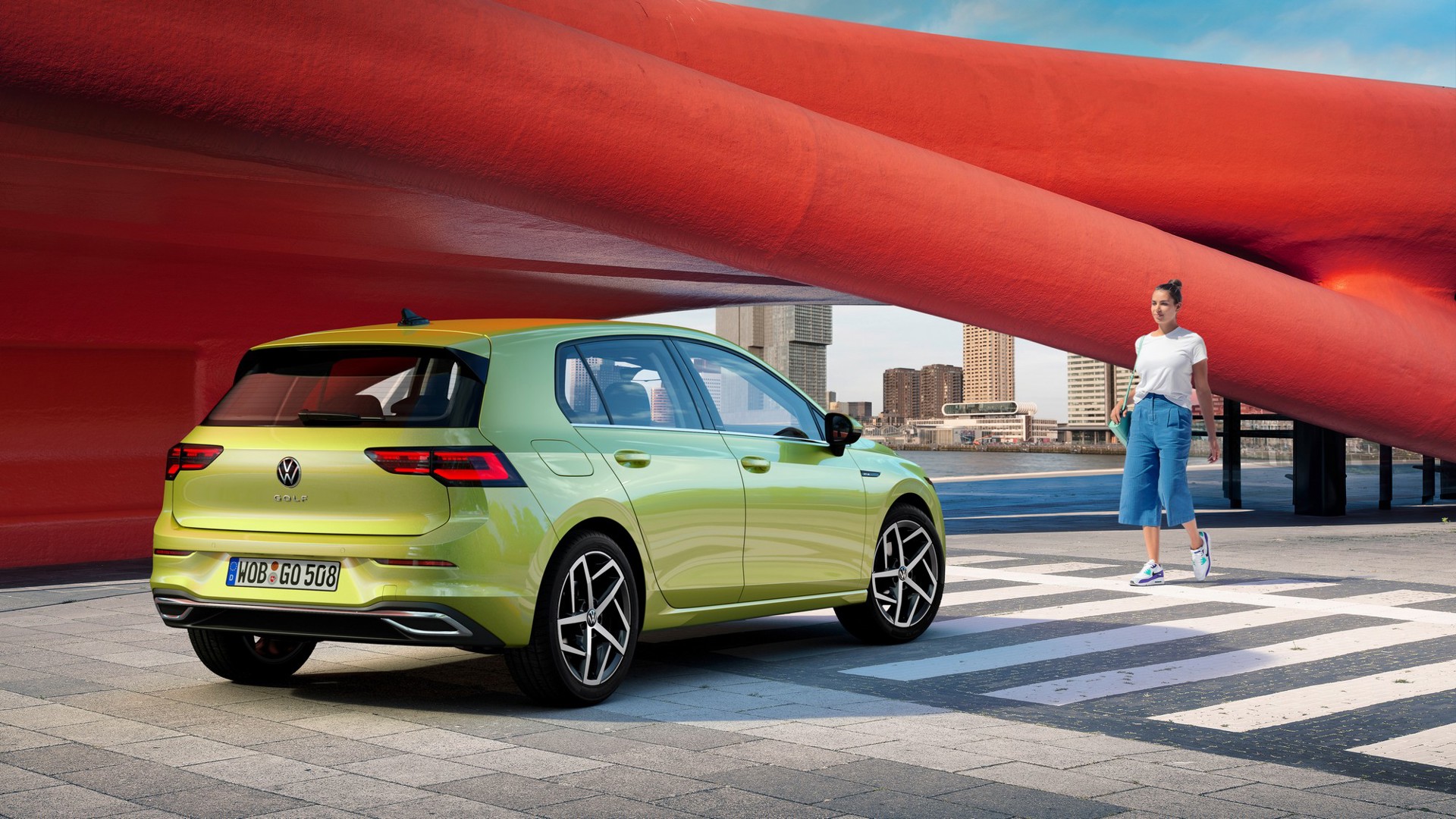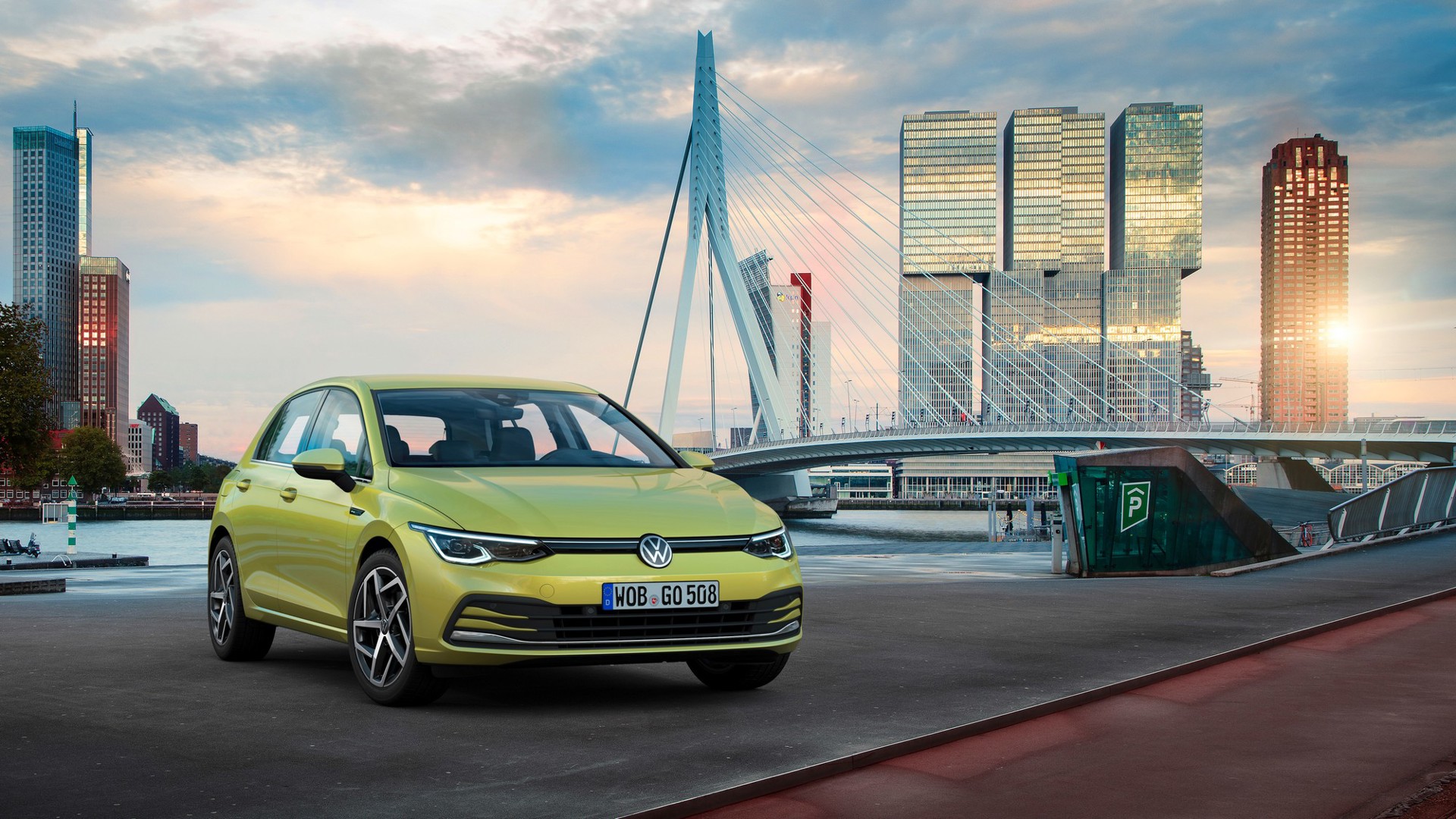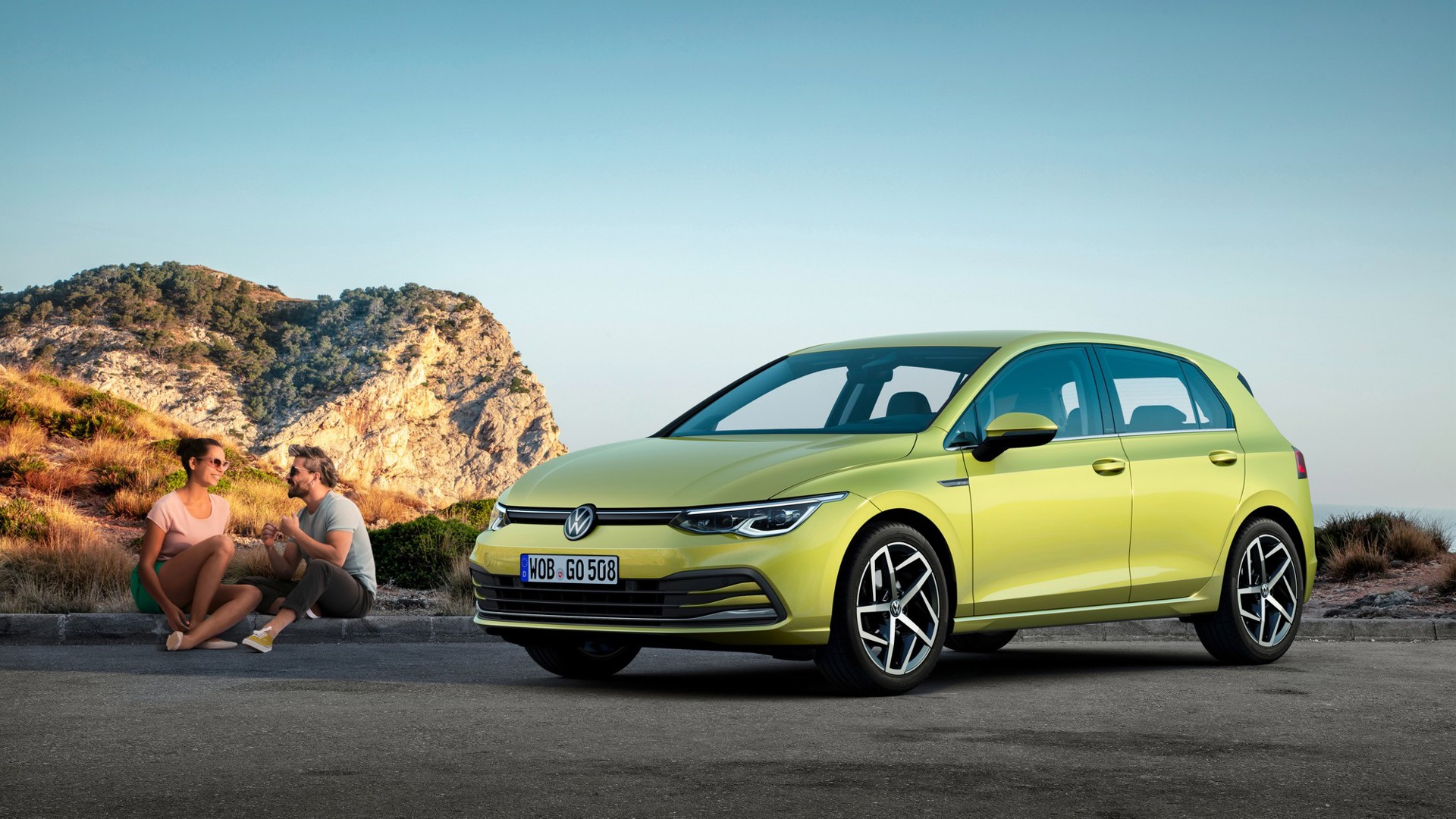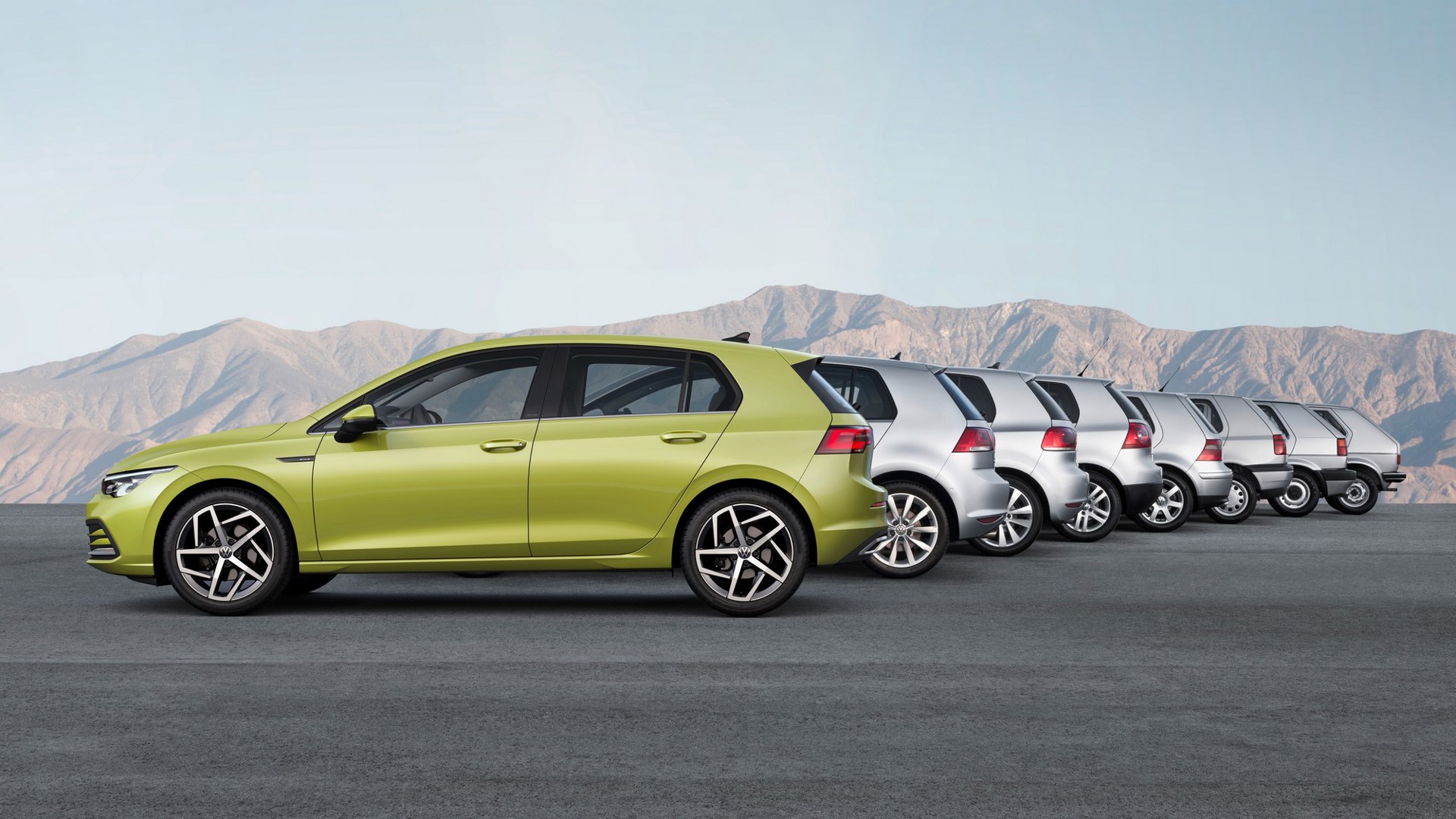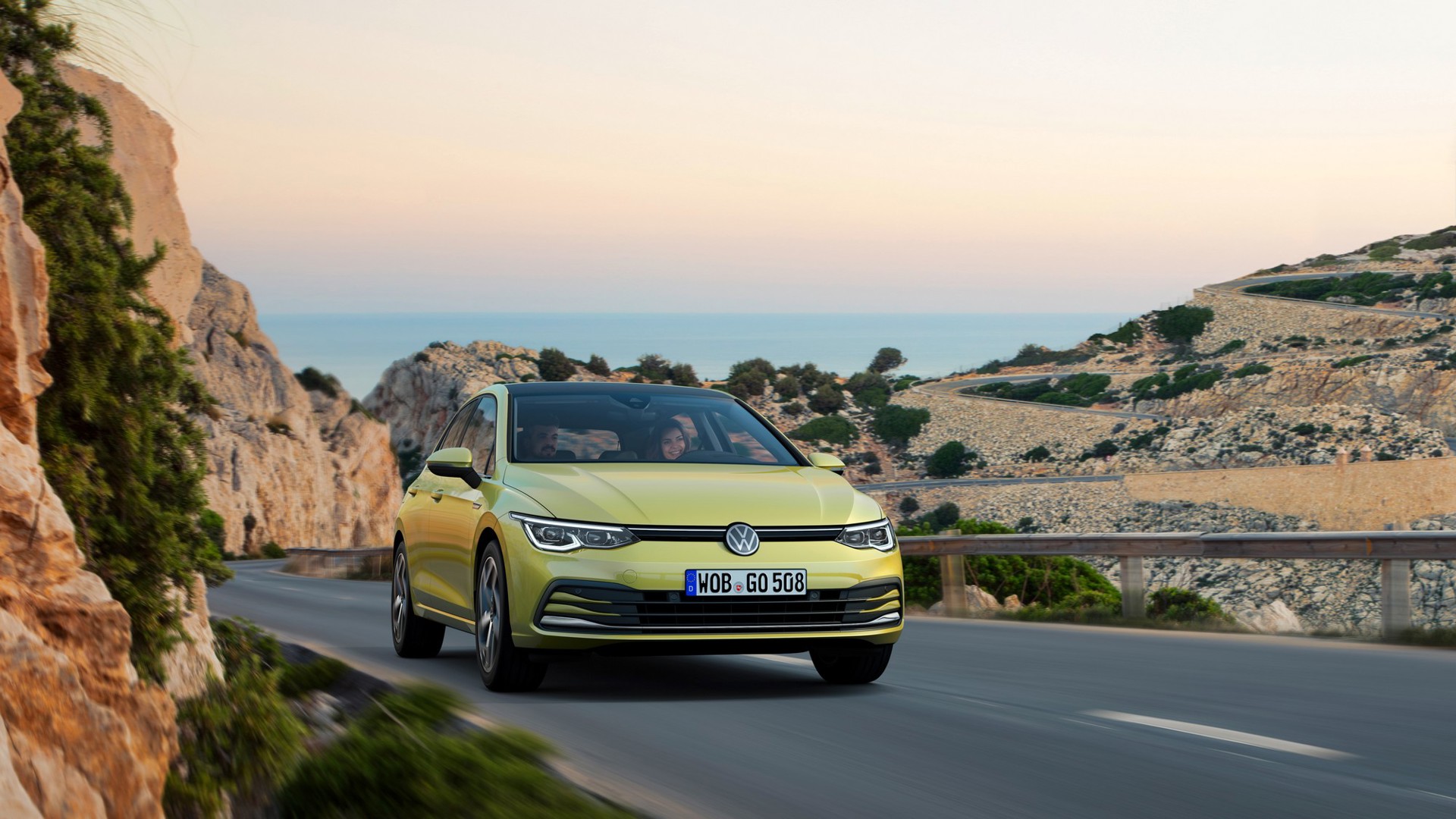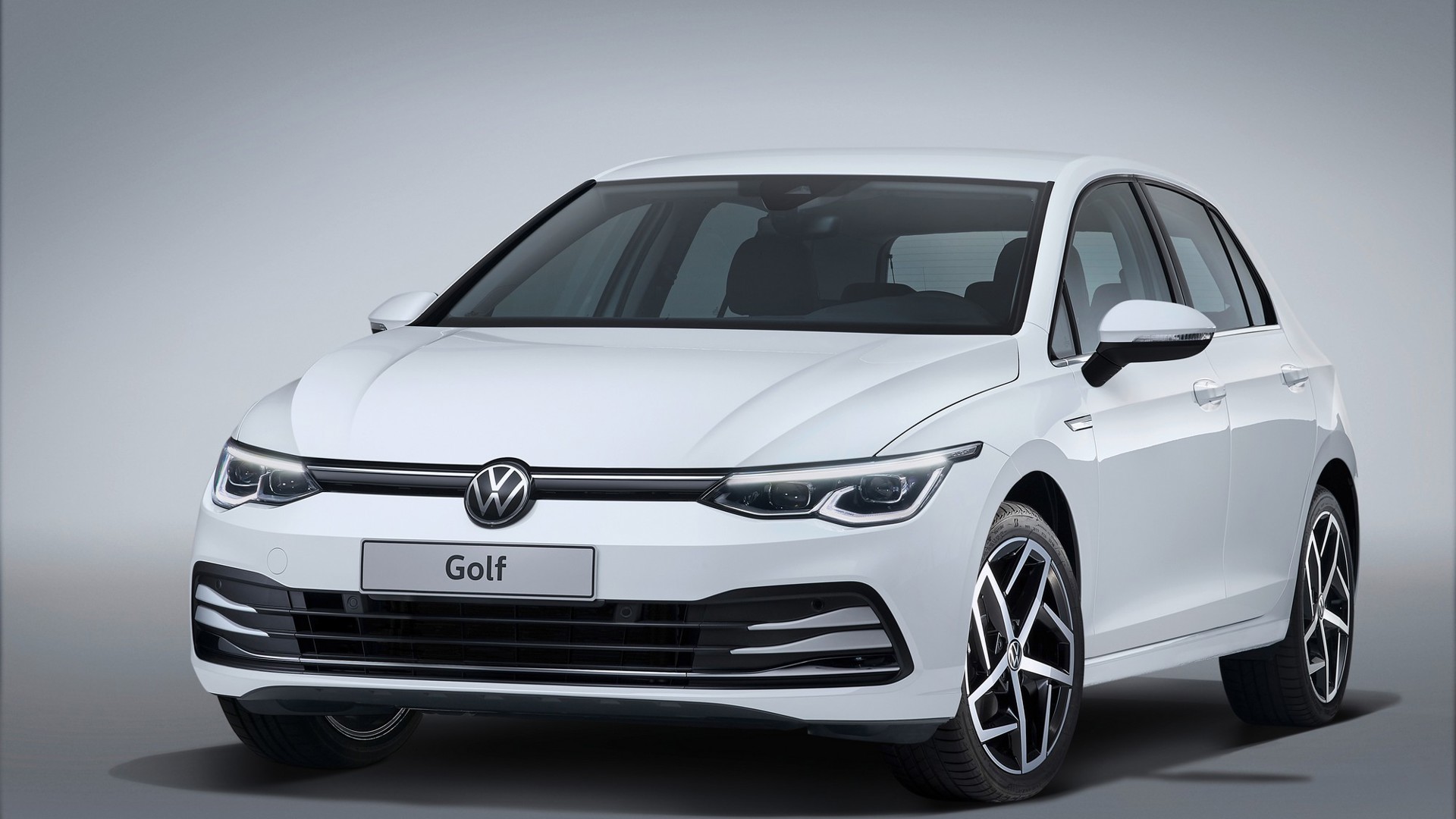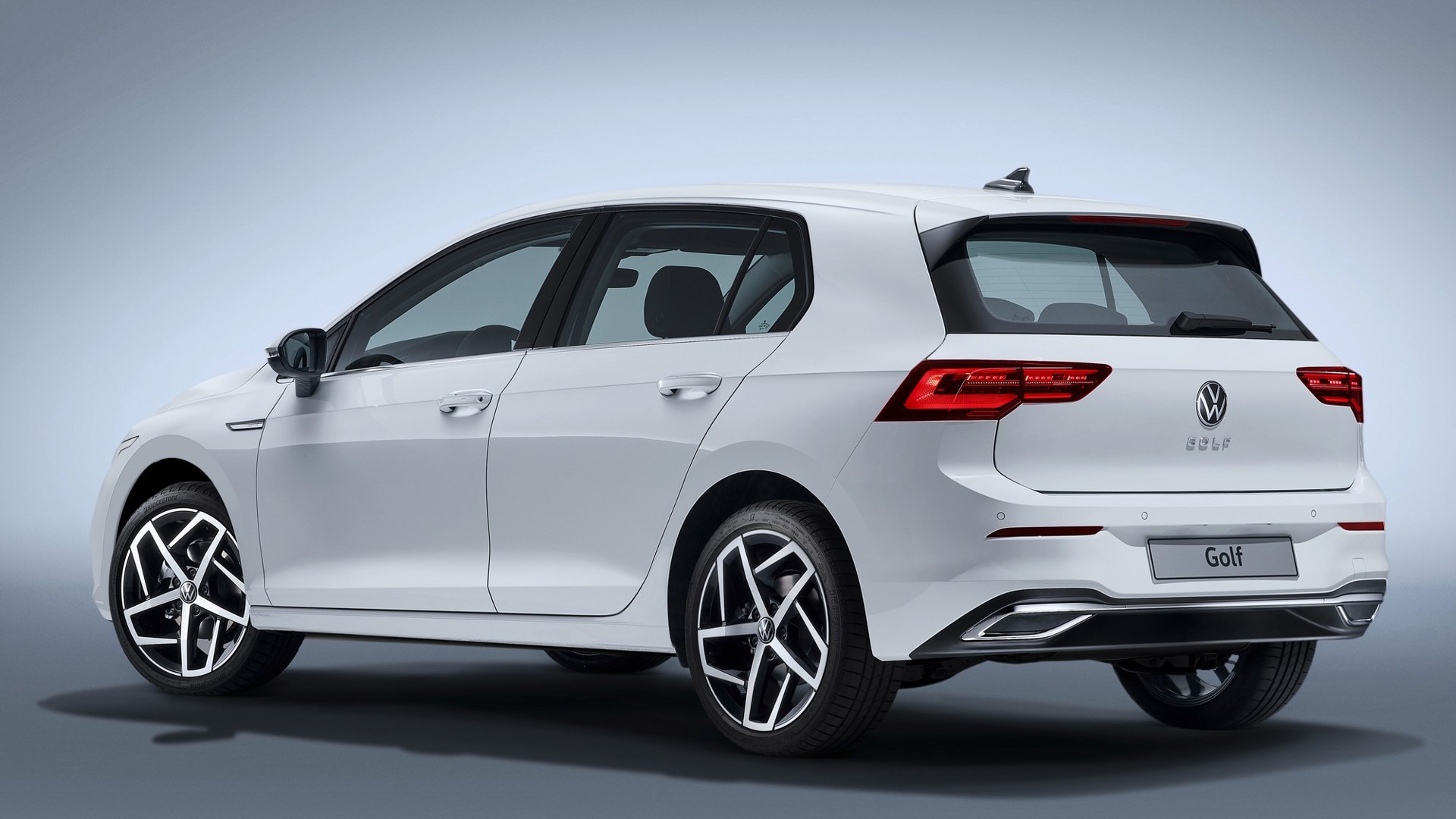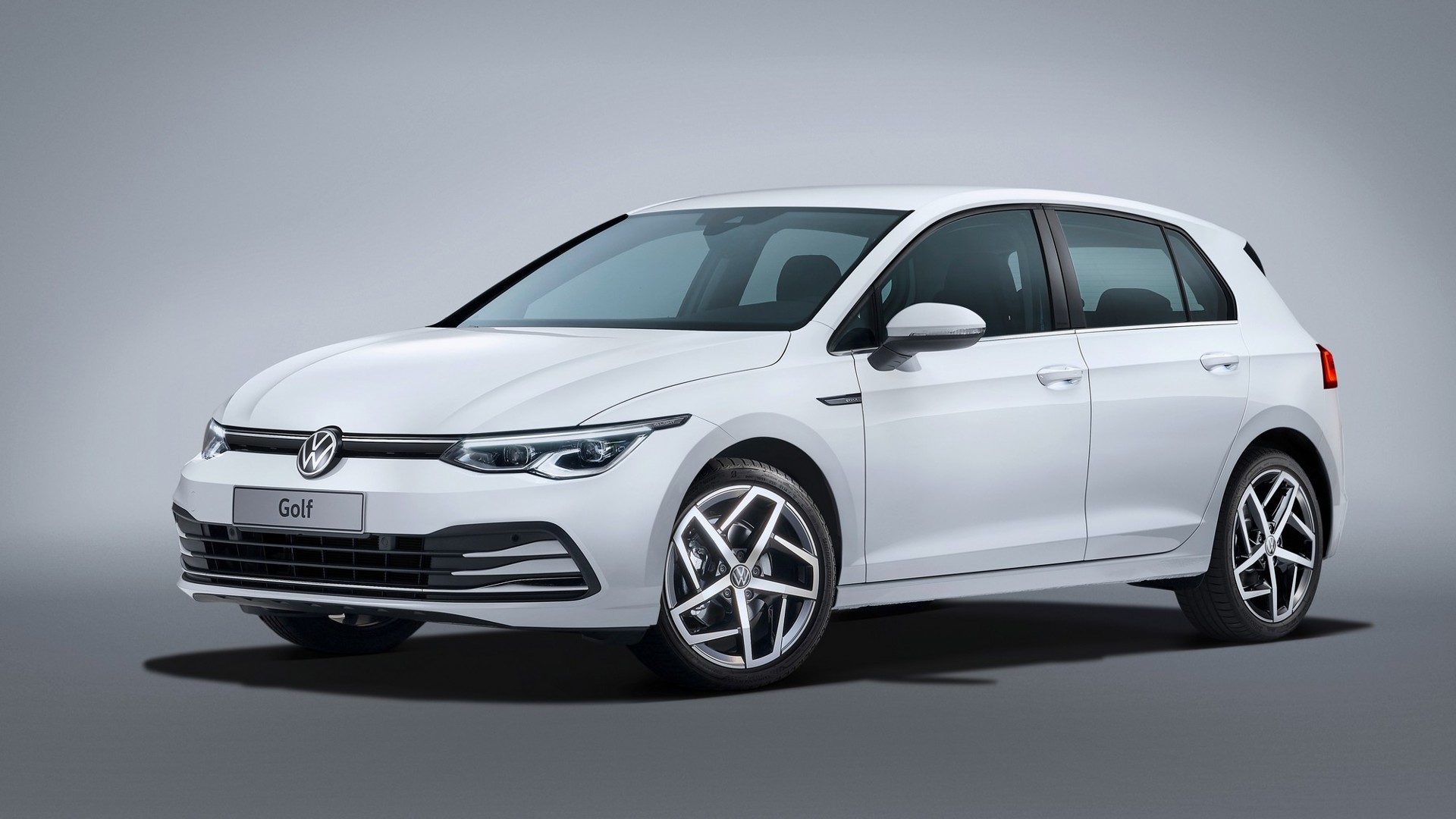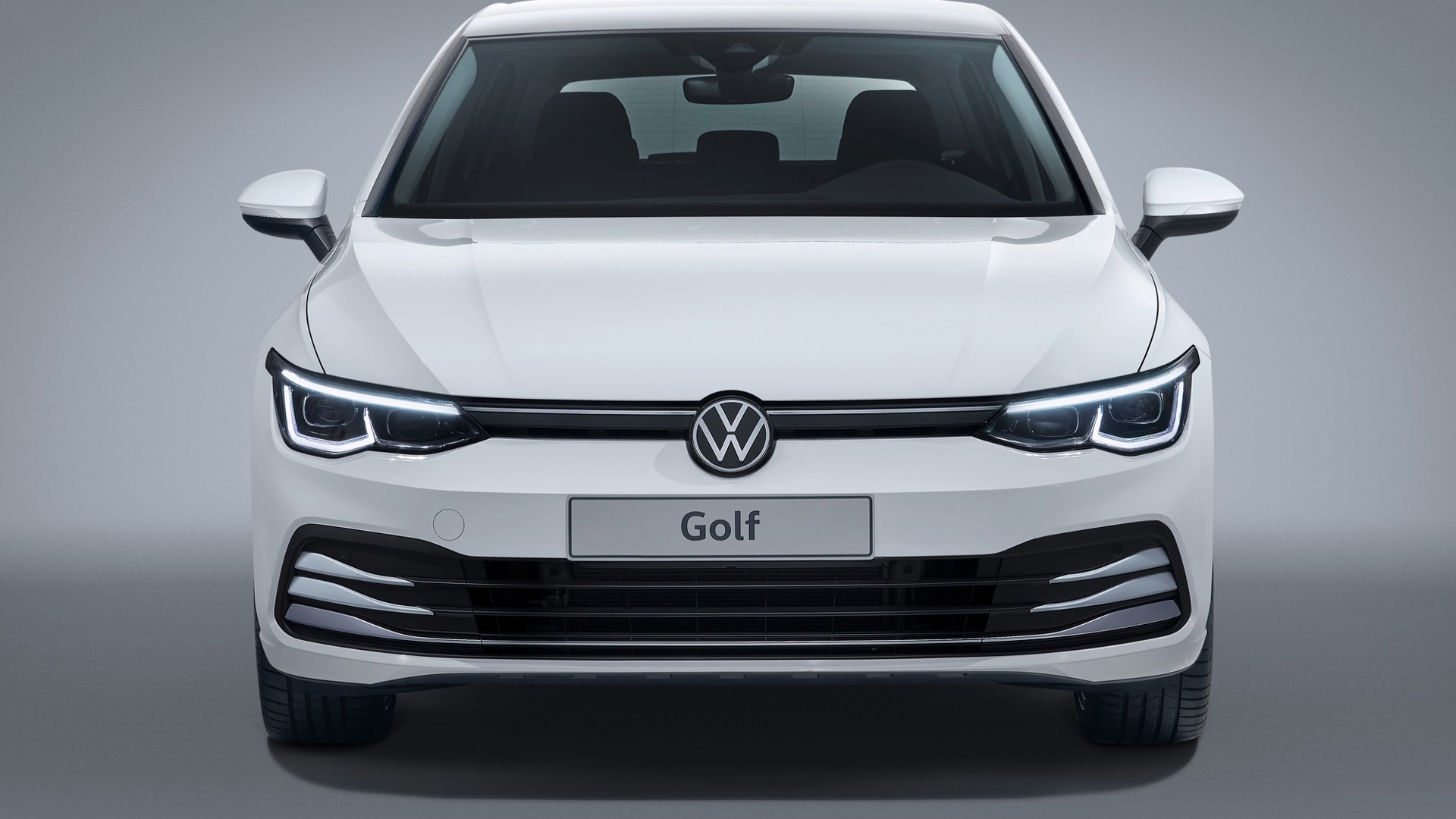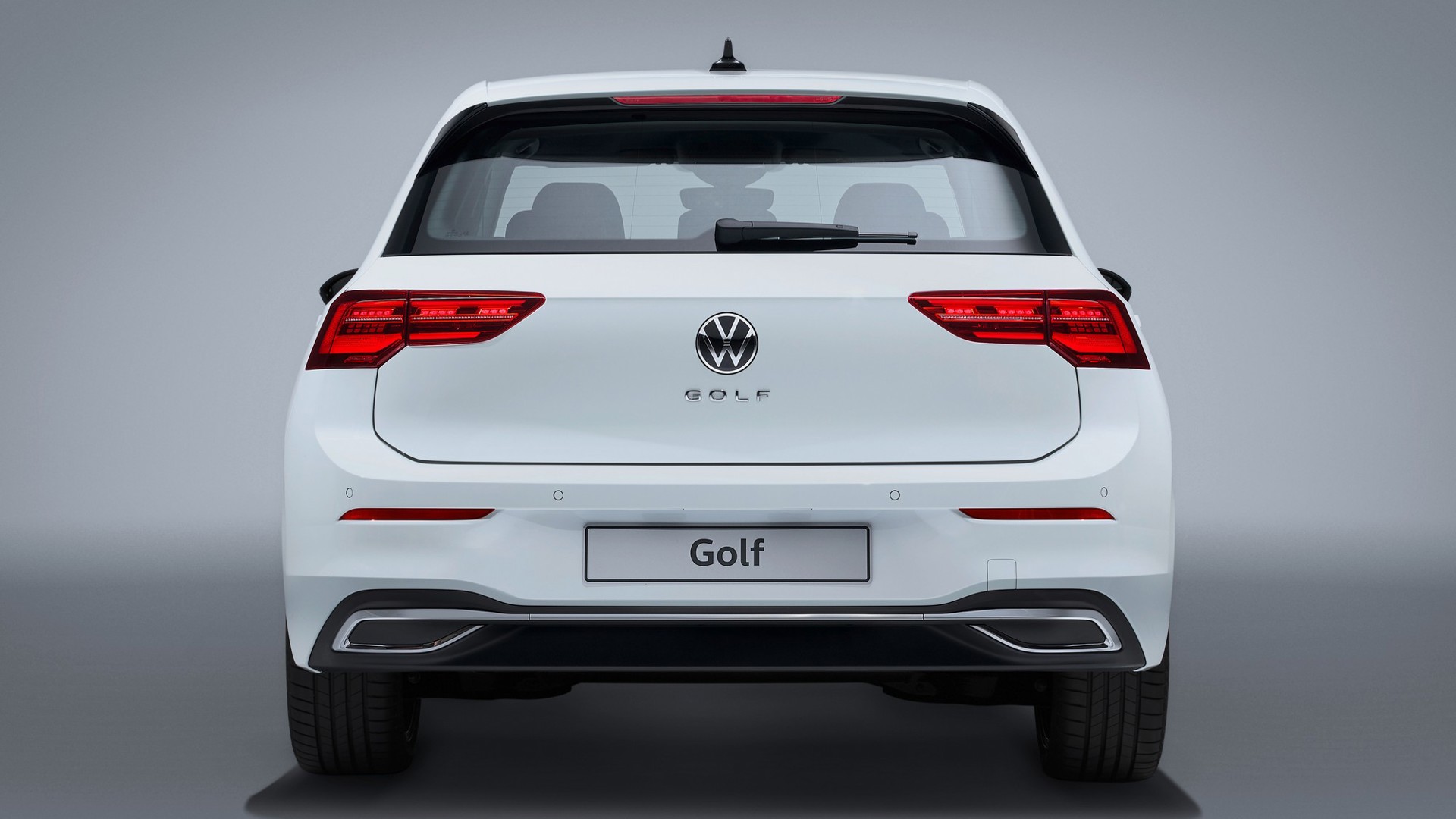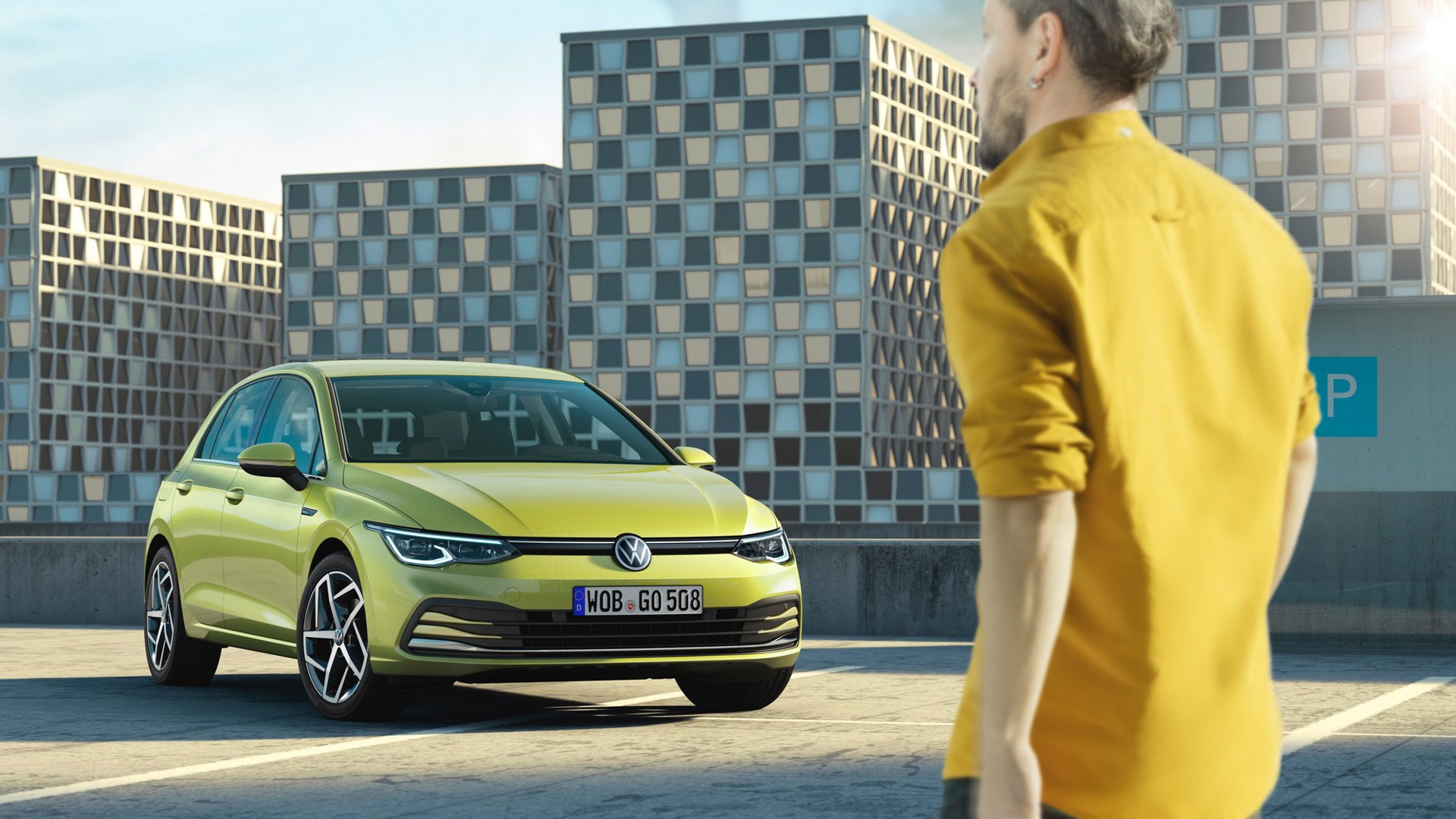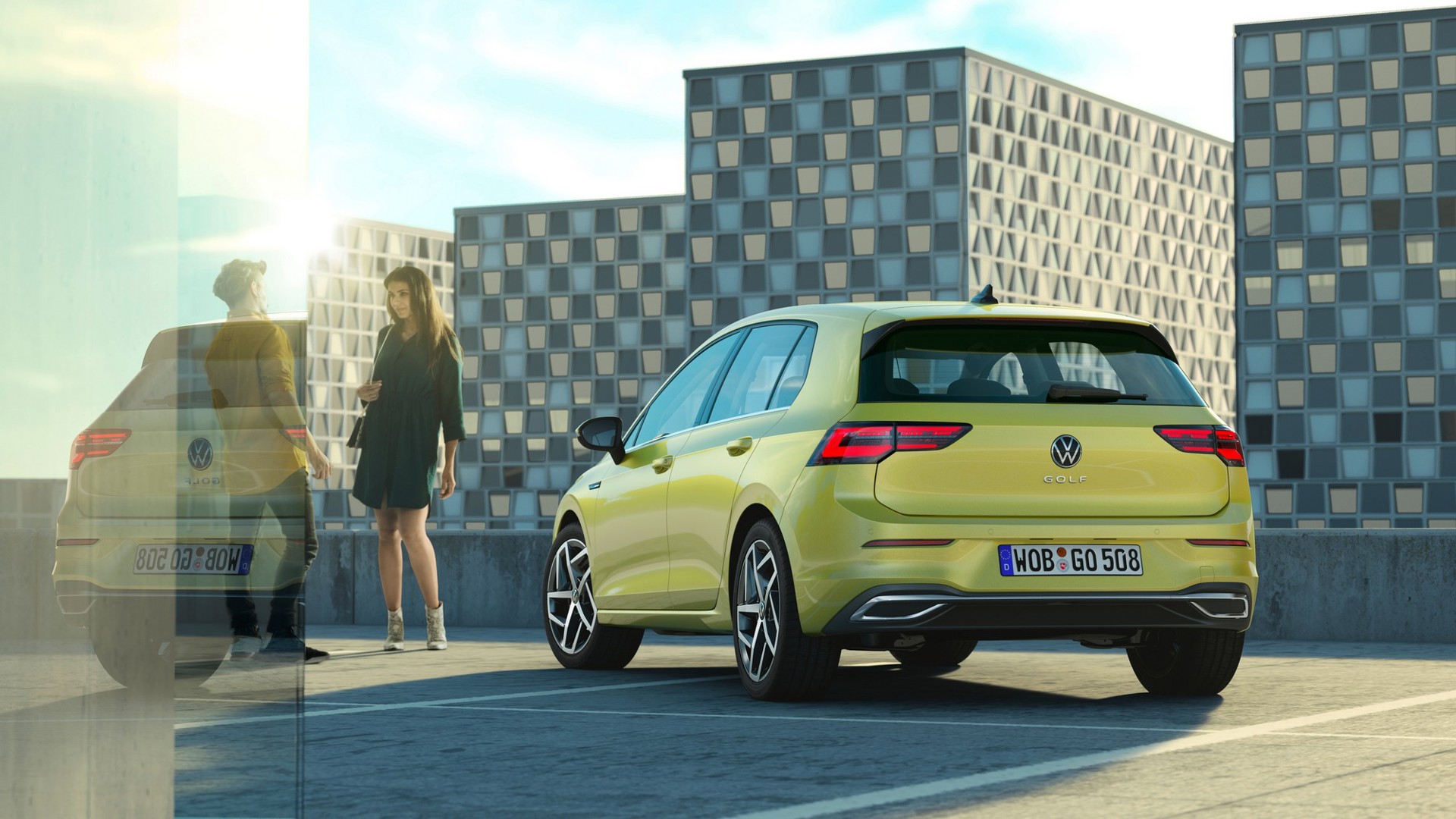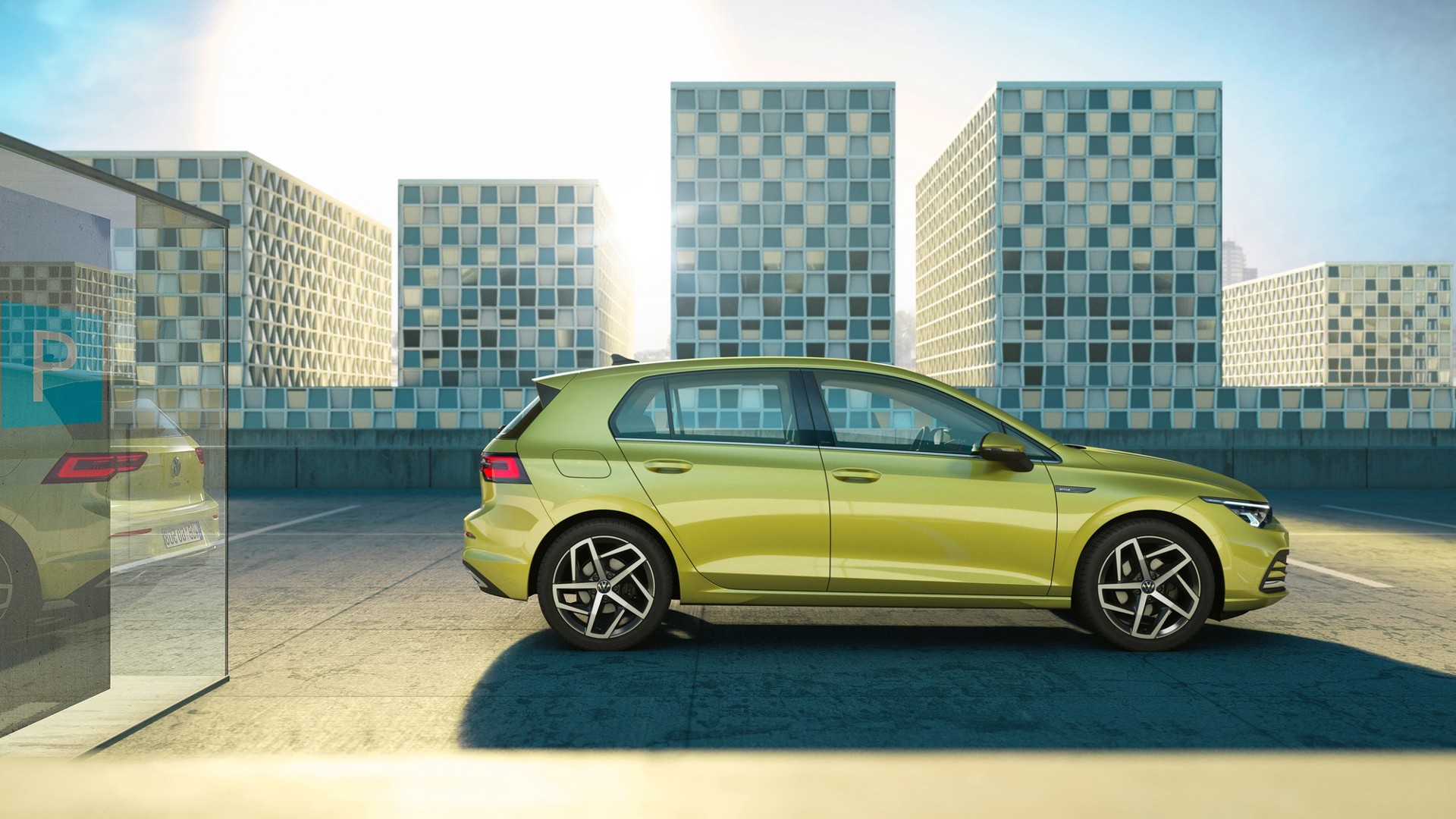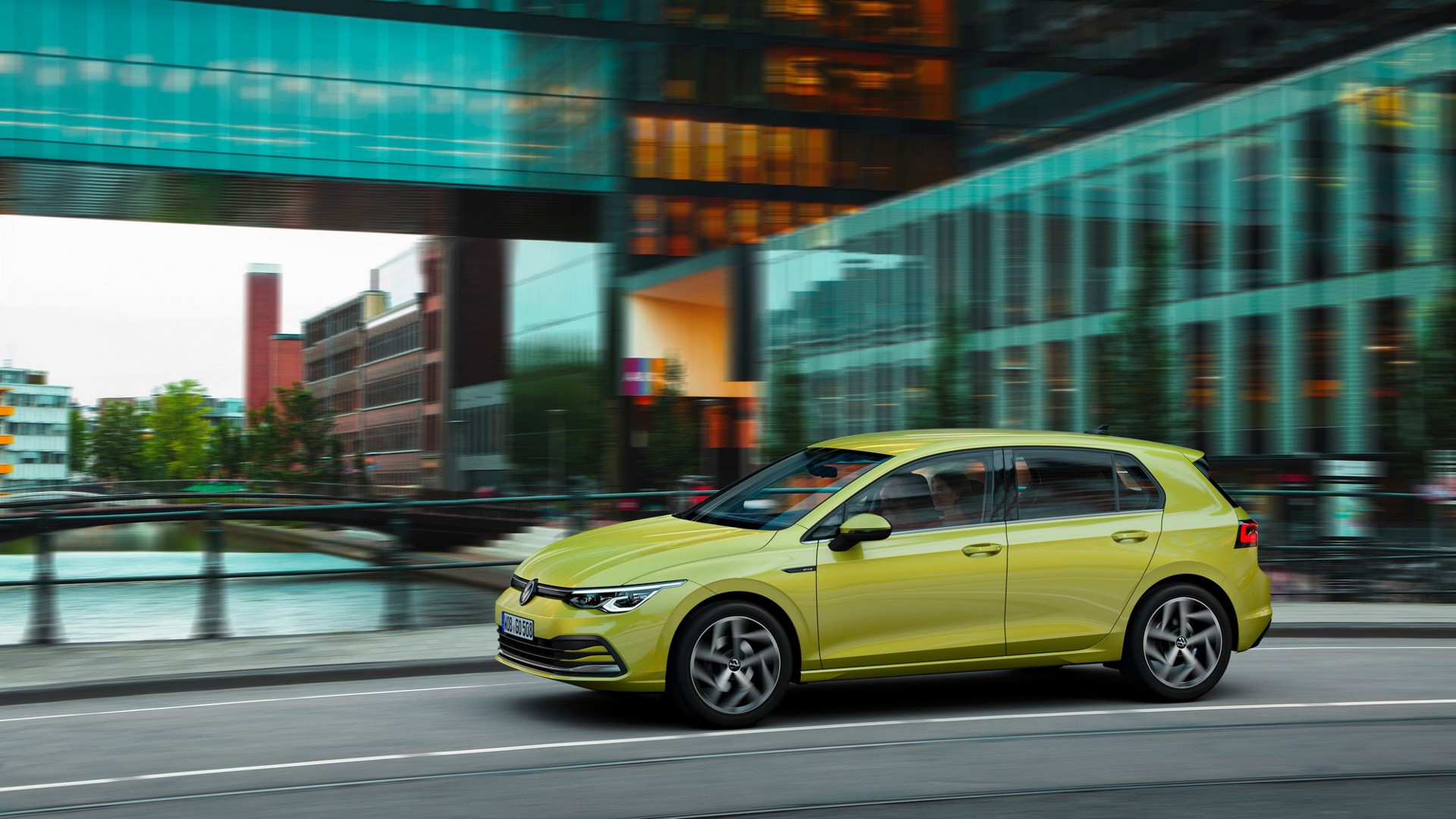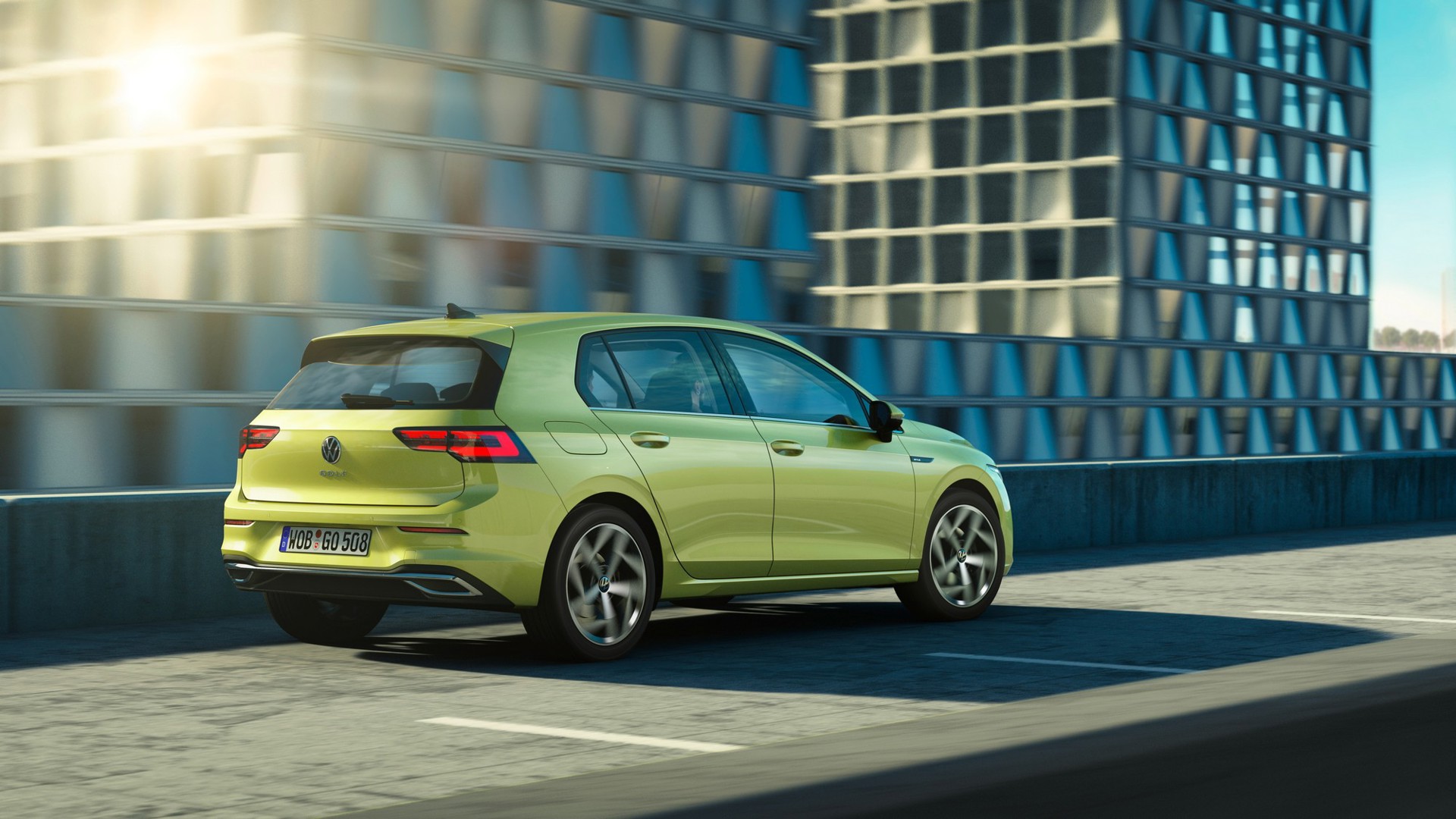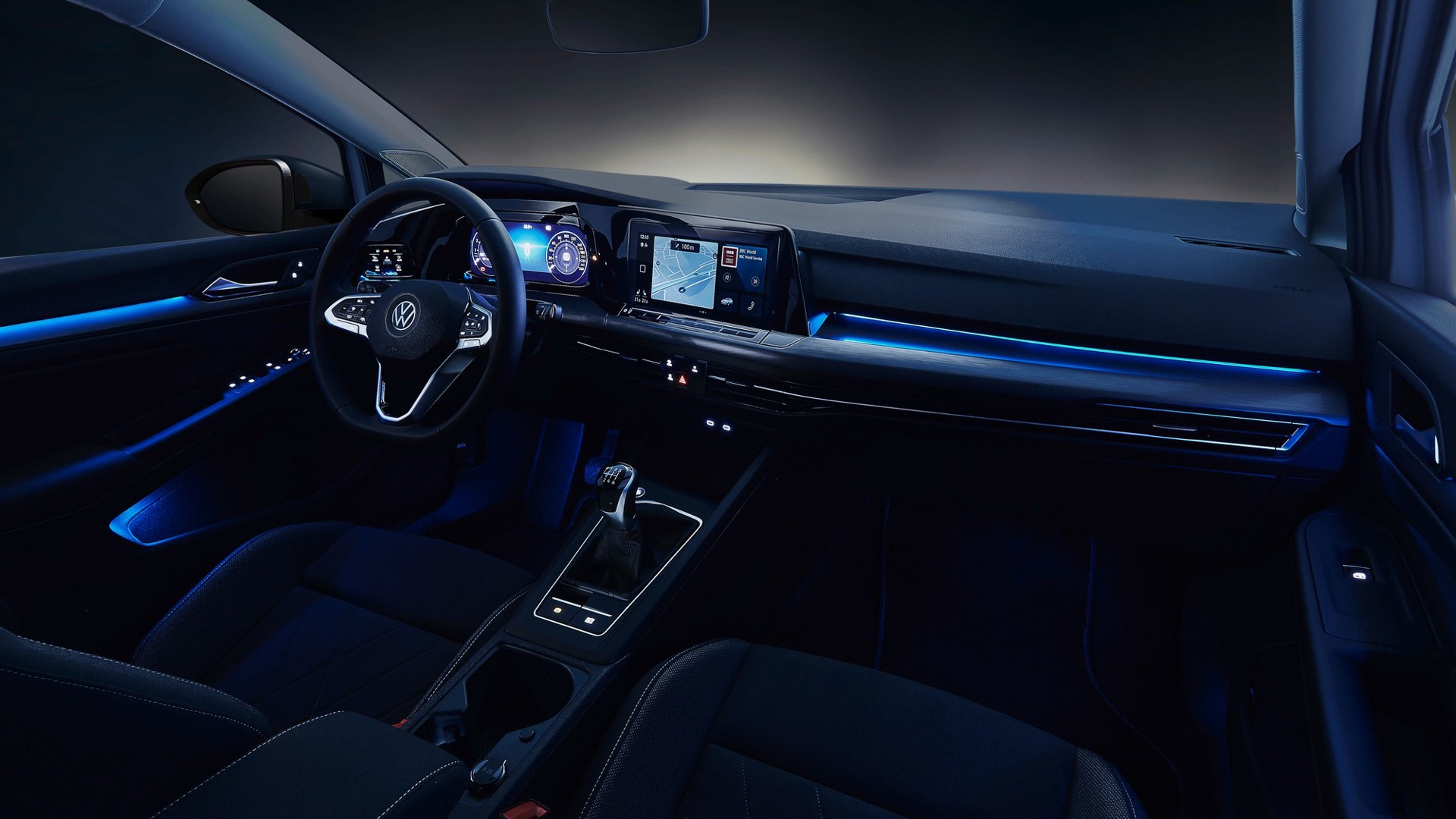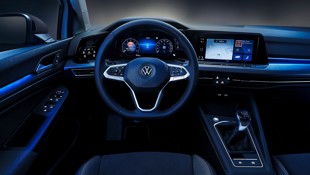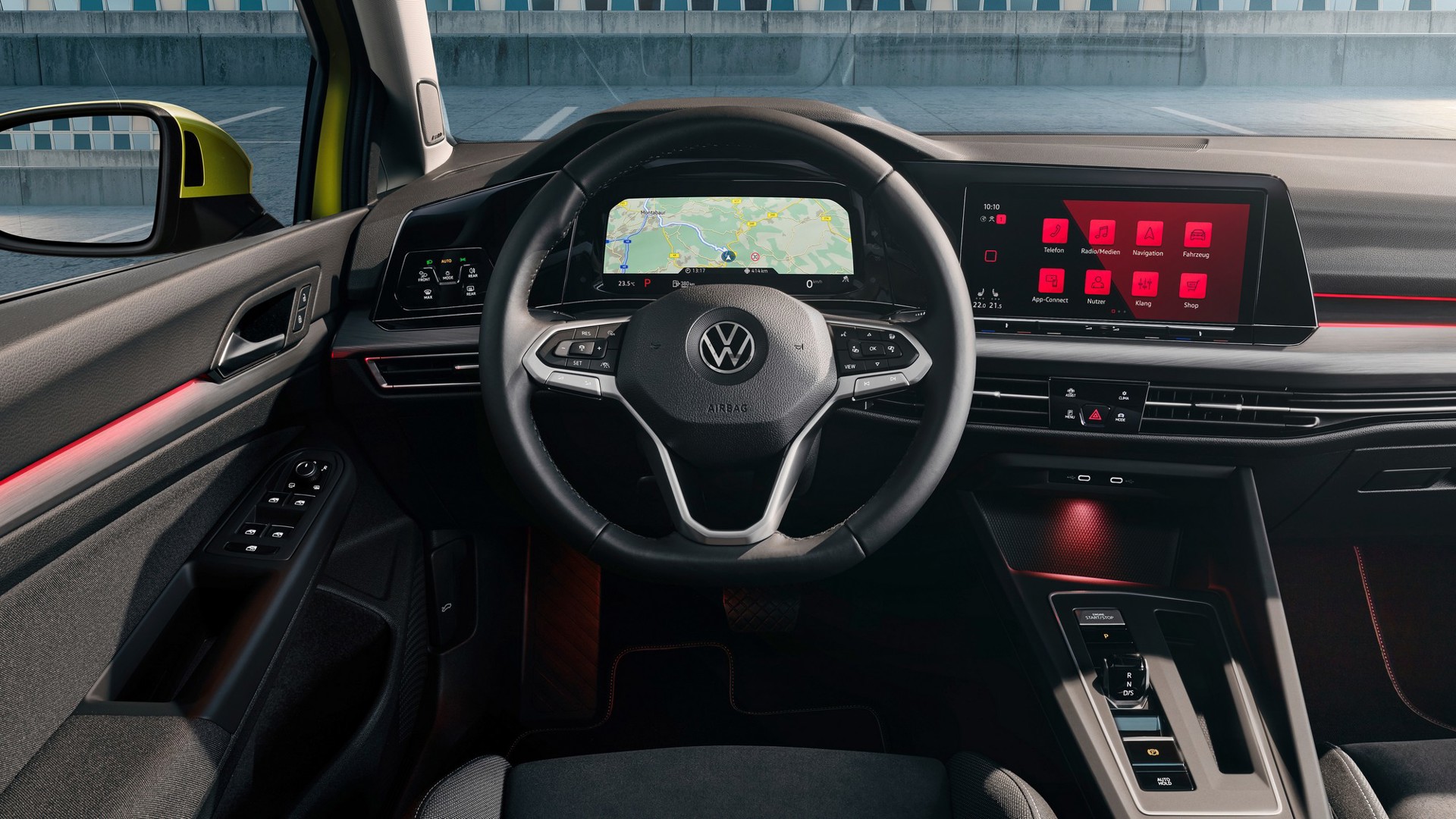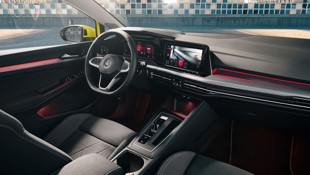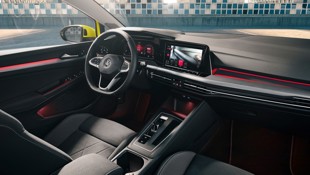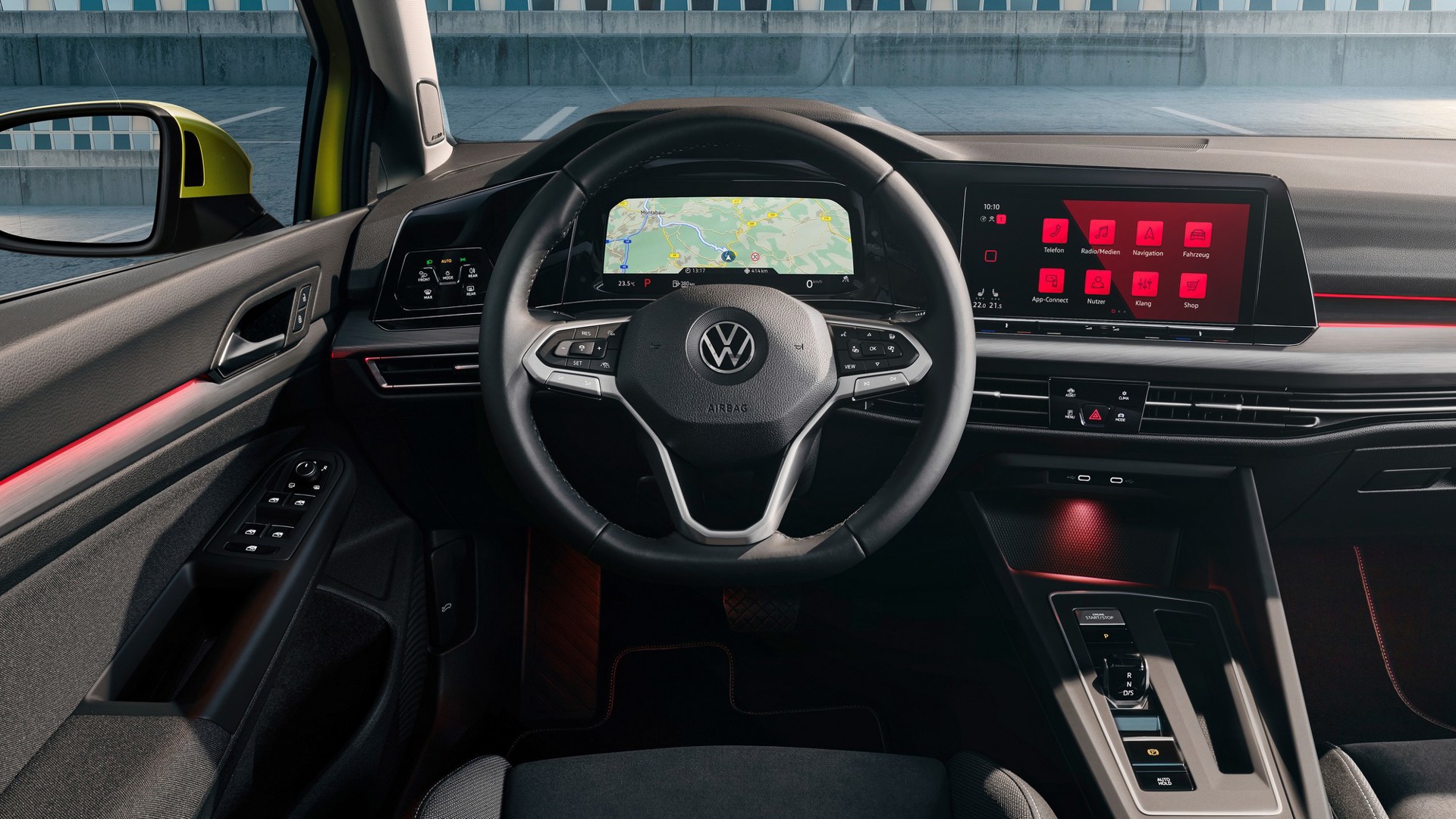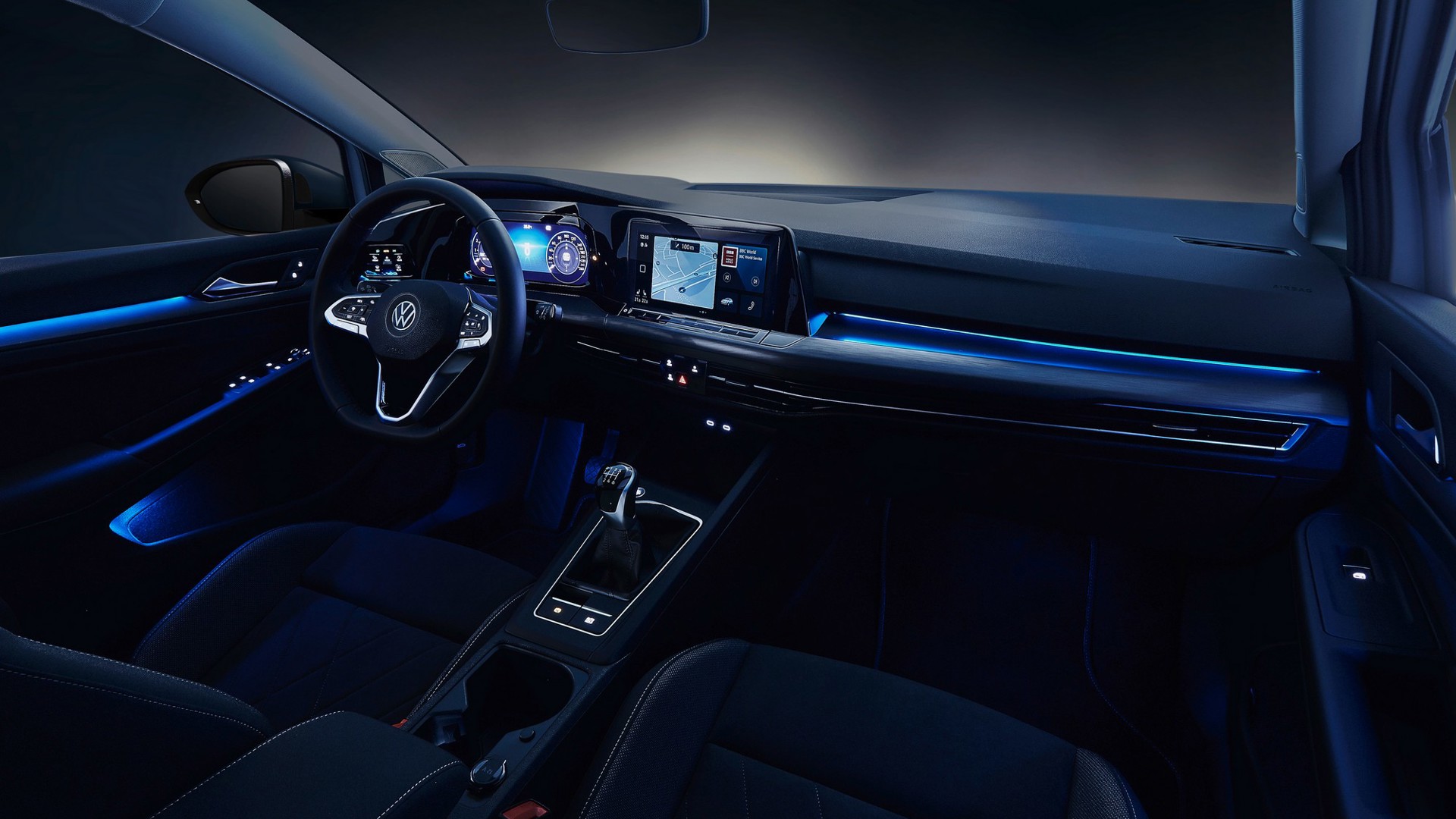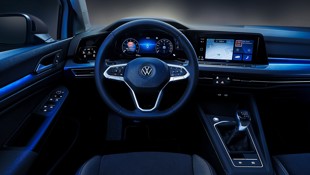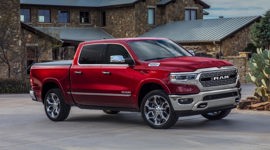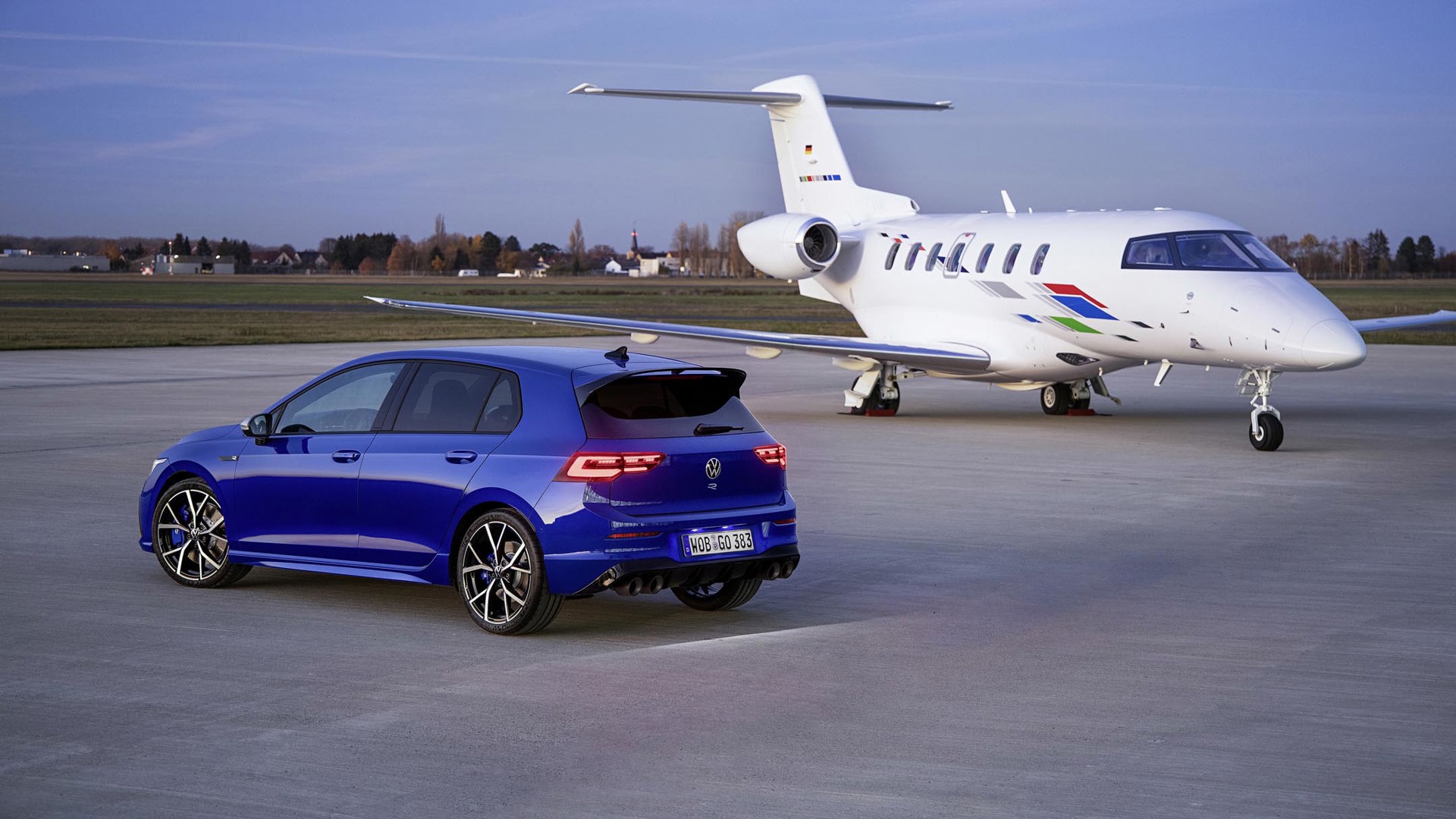The eighth-generation Volkswagen Golf has just debuted with a new design, interior interfaces designed to make driving easier, and more technology than ever. The Golf also gets new, more efficient driveline options and over-the-air updates.
Perennially on the list of the 10 best selling vehicles in the world, the Golf is a big deal for Volkswagen, so introducing an all-new model is an important event for the company, and while the hatch has lost some of its lustre in the U.S. market, practicality continues to rule the roost in Canada. This is why the eighth-generation Golf that Volkswagen is launching today will be coming to Canada in 2021, but the U.S. will only get the more performance-oriented GTI and R models when they arrive (and no base models).
The practical and functional yet handsome design of the Golf has long been part of its appeal. It's also a design language that's evolved slowly from generation to generation, making it easy to see that even the first and most recent cars are related. The new Golf continues that, with an appearance that's more modern and sleeker, combining styling cues from the company's other cars (especially the Scirocco) but with a nose that's definitely still Golf.
At 4,284 mm long, 1,789 mm wide, and 1,456 mm tall, the new Golf is just 29 mm longer and 4 mm taller than before while coming in 10 mm narrower. It cuts through the air better too, with a lower frontal area and drag coefficient, which should help fuel economy.
Europe gets a completely digital dashboard with an 8.25-inch center screen (10-inch optional) and an available head-up display. It's a new interface that VW says changes the interaction between you and your car. It's also connected to the cloud, allowing vehicle-to-infrastructure communication to share warnings between other road users, over-the-air updates, and improved online services. VW doesn't go into too much detail, but says that "the fact is that the Golf’s linked digital Cockpit will change the way we drive cars. The technological leap at this point is comparable to the debut of the first ever touch-based smartphones." As far as how that interior looks, it's an evolution of the current car, but with a slimmer, more Audi-like appearance to the dashboard and center stack. The premium audio system is now from Harman Kardon rather than the Fender Audio collaboration of recent VWs.
Volkswagen is introducing new active safety driver assists to the car including a new Travel Assist semi-autonomous driving feature that can maintain lanes and speeds at up to 210 km/h, but needs the driver to keep at least one hand on the wheel. There is predictive speed detection that uses GPS and other data to automatically slow the adaptive cruise control speed for turns and intersections as well as for speed limit changes. Front assist will be able to brake in emergencies at high and low speed, and it will even brake if you try to turn left into an oncoming car.
The range of new powertrains will include gas and diesel as well as mild and plug-in hybrids. It hasn't been confirmed yet which ones Canada can expect, but a diesel definitely won't be included. We will likely get the largest of the eTSI engines, which is what VW calls its 48-volt mild hybrid system. We can expect 150 hp from that system, but no more details have been revealed. The plug-in options will include a 204-hp variant and a GTE version with 245 hp, with both PHEVs using a 13 kWh lithium-ion battery to give the cars some electric range.
While production of the new car has already started and it will arrive in Europe soon, Canadians will get the existing Golf for a while longer. The current seventh-generation Golf will be the one we get for model year 2020.
